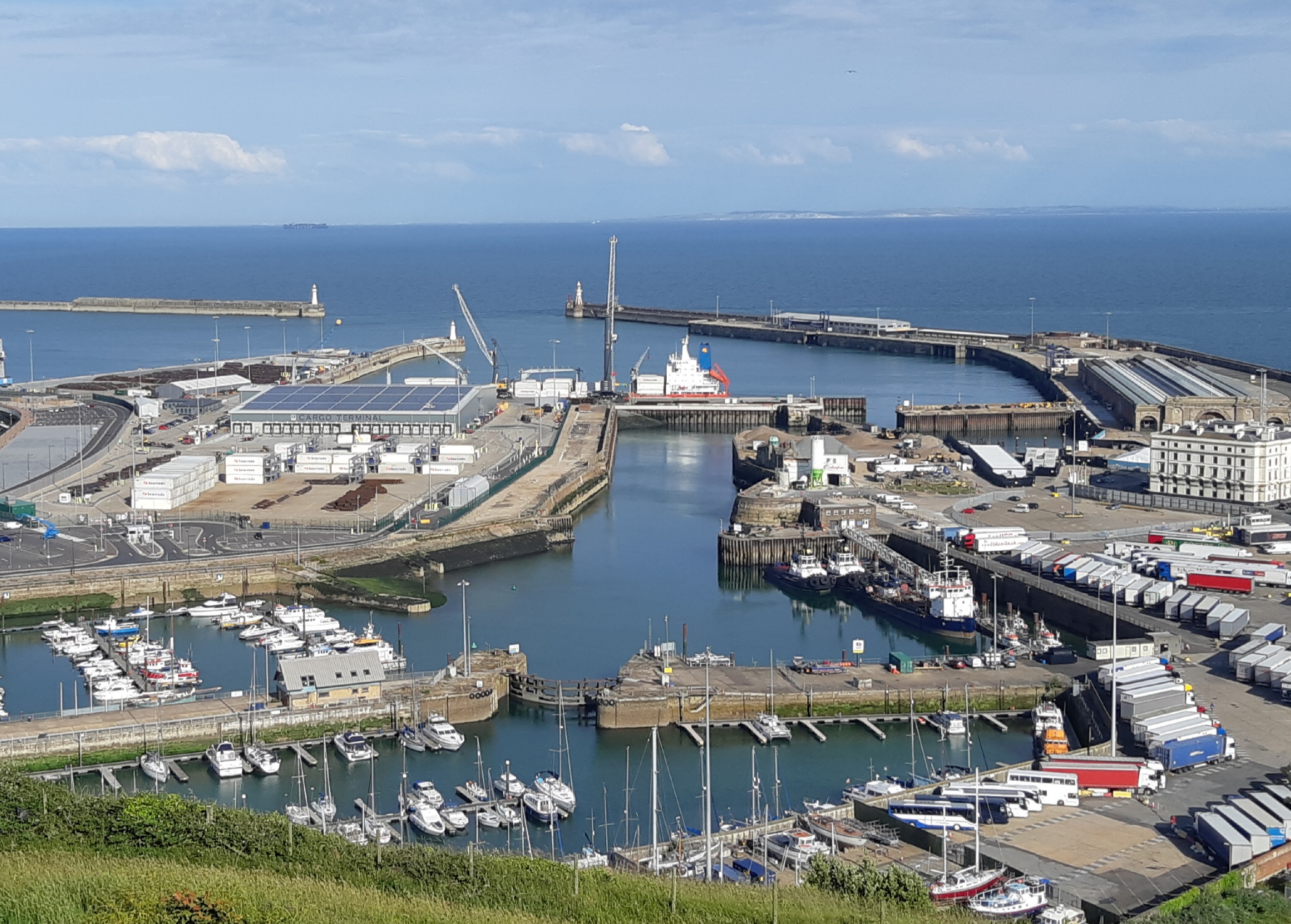
Dover
Given its strategic location, Dover town has played a key role throughout history and is known as the ‘Lock and Key of England. Its heritage is closely linked with the defence of the realm and with the development of the port. It is rich in military history as a garrison and frontline town, with Dover Castle perched high above the town on the White Cliffs.
Dover Castle is second only to Stonehenge as the most popular English Heritage attraction in the country, attracting 330,000 visitors annually. In 2009, a £2.45 million project saw a major re-interpretation of Henry II’s Great Tower to re-create the splendour of a royal court in the late 12th century. This included the interiors of the King’s Hall, the King’s Chamber, the Guest Hall, the Guest Chamber, the privy kitchen and the armoury to evoke their original appearance.

Further investment in 2011, saw the opening of a new visitor experience, ‘Operation Dynamo: Rescue from Dunkirk’, telling the story of the Dunkirk Evacuation of 1940 which was masterminded from secret wartime tunnels beneath Dover Castle.
Dover’s historic Town Hall – the Maison Dieu – dates from 1203 and was originally used as a hostel for pilgrims en-route to Thomas Becket’s shrine at Canterbury Cathedral. Plans to reawaken the Grade I Listed Maison Dieu in Dover town centre have been made possible thanks to a £4.27m grant from The National Lottery Heritage Fund. More on the Maison Dieu ».

Dover Museum is one of the oldest museum in Kent, dating from 1836 and tells the story of the development of both the town and port from the Stone Age to the 20th century. The Museum also contains the Dover Bronze Age Boat Gallery which exhibits the world’s oldest known seagoing boat, discovered in the town during a road construction project and dating from around 1500 BC. Dover Museum also hosts regular exhibitions. Vintage transport of a different kind is featured at the Dover Transport Museum where two large exhibition halls contain Dover street scenes from a bygone era.

Deal
The heritage of Deal too has been shaped by its coastal location, with The North Downs providing safe anchorage for ships seeking shelter from Channel storms and the notorious Goodwin Sands. Both Nelson and Captain James Cook are known to have visited Deal. The Deal Timeball Tower was built in 1821 to signal Greenwich Mean Time to ships anchored offshore, and today houses a local history museum. Deal’s unspoilt seafront is as popular as ever, whilst the town was recently named ‘High Street of the Year’ by the Daily Telegraph. It’s become a major draw for ‘foodies’ thanks its award-winning pubs and restaurants.

Deal Castle was built by Henry VIII and is one of the finest Tudor artillery castles in the country. Also built by Henry VIII Walmer Castle & Gardens is the official residence of the Lord Warden of the Cinque Ports, a post held by the Duke of Wellington (his boots are still there!), Sir Winston Churchill, and the Queen Mother.
Maritime heritage also plays an important part in the exhibits at Deal Maritime & Local History Museum and the Deal Timeball Tower Museum.

Sandwich
Sandwich is famed as one of the most complete medieval towns in the country. The Guildhall, built in 1579, dominates the Market Square with the Guildhall Museum a great introduction to a place with many buildings of
architectural and historical note. Thomas Pain, of the of the founding fathers of the United States lived in Sandwich in the 1790s.

Sandwich too was once a great port before the River Stour silted up and blocked the shipping channel. It is well known today for hosting The Open golf championships a record number of times.
The nearby Richborough Roman Fort & Ampitheatre is perhaps the most symbolically important of all Roman sites in Britain. Built close to the site of the first Roman landing in Britain in AD43, Richborough was an important Roman military and civil centre.